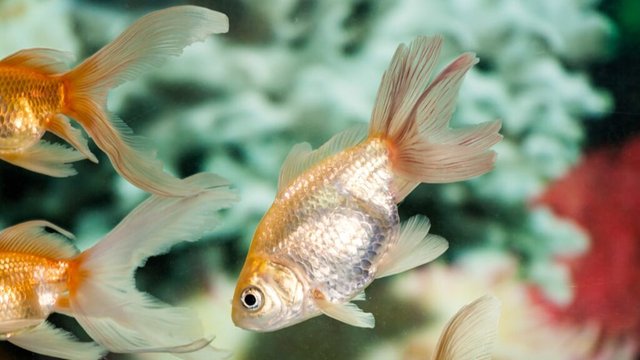How Does Water Temperature Affect Swim Bladder Function in Tropical Fish
Almost all tropical fish rely on their swim bladder to control buoyancy and stability in water. The organ allows fish to float, sink, or stay balanced at a certain depth. When the swim bladder is affected, fish may swim sideways, upside down, or struggle to stay afloat. One important factor that influences the function of this organ is water temperature.
In this article, we will look at how temperature impacts swim bladder health, why tropical fish are vulnerable, and practical steps to prevent and address swim bladder issues.
What is the Swim Bladder?
The swim bladder is a gas-filled organ located in the abdominal cavity of fish. It adjusts the amount of gas to regulate buoyancy. If it works properly, fish can move with ease and maintain their position in the water without effort. Any disruption to its function causes abnormal swimming patterns that indicate health concerns.
Effect of Water Temperature on Tropical Fish
Tropical fish thrive in a stable temperature range of 24°C to 28°C. A sudden change outside this range directly affects their metabolism and digestion. When the water is too cold, food does not digest properly. This undigested food creates pressure on the swim bladder, leading to buoyancy problems.
On the other hand, very warm water increases metabolism and oxygen demand. Higher temperatures reduce oxygen levels in water, making it harder for fish to breathe. Stress from low oxygen can also disturb the swim bladder function.
Symptoms of Swim Bladder Disorder
When tropical fish experience swim bladder problems, you may notice the following signs:
•Difficulty staying upright
•Floating near the surface uncontrollably
•Sinking to the bottom without movement
•Swimming on one side or upside down
•Lack of appetite due to digestive stress
These symptoms are often linked to water quality and feeding habits, but temperature is a major contributing factor.
How Temperature Fluctuations Trigger Swim Bladder Issues
Even small temperature shifts of 2°C to 3°C can affect tropical fish. For example, if the heater in an aquarium malfunctions or room temperature drops suddenly, the water cools quickly. This leads to slower digestion and constipation, which places pressure on the swim bladder.
Similarly, during hot weather, aquarium water can rise above the safe range. Warmer water speeds up bacterial growth, which can increase the risk of infections that indirectly affect the swim bladder.
Preventing Swim Bladder Problems with Proper Temperature
The best way to maintain swim bladder health is to keep water temperature stable. Use a reliable aquarium heater with a thermostat and monitor the water with an aquarium thermometer. Avoid placing tanks near windows or vents that can cause sudden changes.
In addition to temperature, feeding practices are important. Overfeeding or feeding dry food without soaking it can lead to bloating, which directly impacts the swim bladder.
How to Cure Swim Bladder Disease in Tropical Fish
If a fish already shows signs of swim bladder disorder, several steps can help:
•Stabilize the temperature: Keep the water within 24°C to 28°C. Sudden changes must be avoided.
•Adjust feeding: Stop feeding for 24 to 48 hours to allow digestion. Then feed cooked peas or high-fiber food to relieve constipation.
•Improve water quality: Perform partial water changes and remove waste to lower stress on the fish.
•Reduce water flow: Strong currents make it harder for affected fish to balance. Keep the filter flow gentle.
•Isolate the fish if needed: In severe cases, move the fish to a hospital tank with controlled conditions.
By following these methods, you can manage the problem and improve the chance of recovery.
Long-Term Care
Swim bladder disease is often a sign of environmental imbalance rather than a permanent defect. With stable water temperature, proper feeding, and clean conditions, tropical fish can recover fully. Monitoring the aquarium regularly and acting quickly when problems arise can prevent future issues.
Conclusion
Water temperature plays a crucial role in the swim bladder function of tropical fish. Cold water slows digestion, while warm water reduces oxygen and increases stress. Both conditions can lead to buoyancy problems. By keeping water within the right temperature range and practicing good feeding habits, you can protect your fish from swim bladder disorders. If problems arise, knowing how to cure swim bladder disease with simple adjustments can restore the health and stability of your aquarium.
